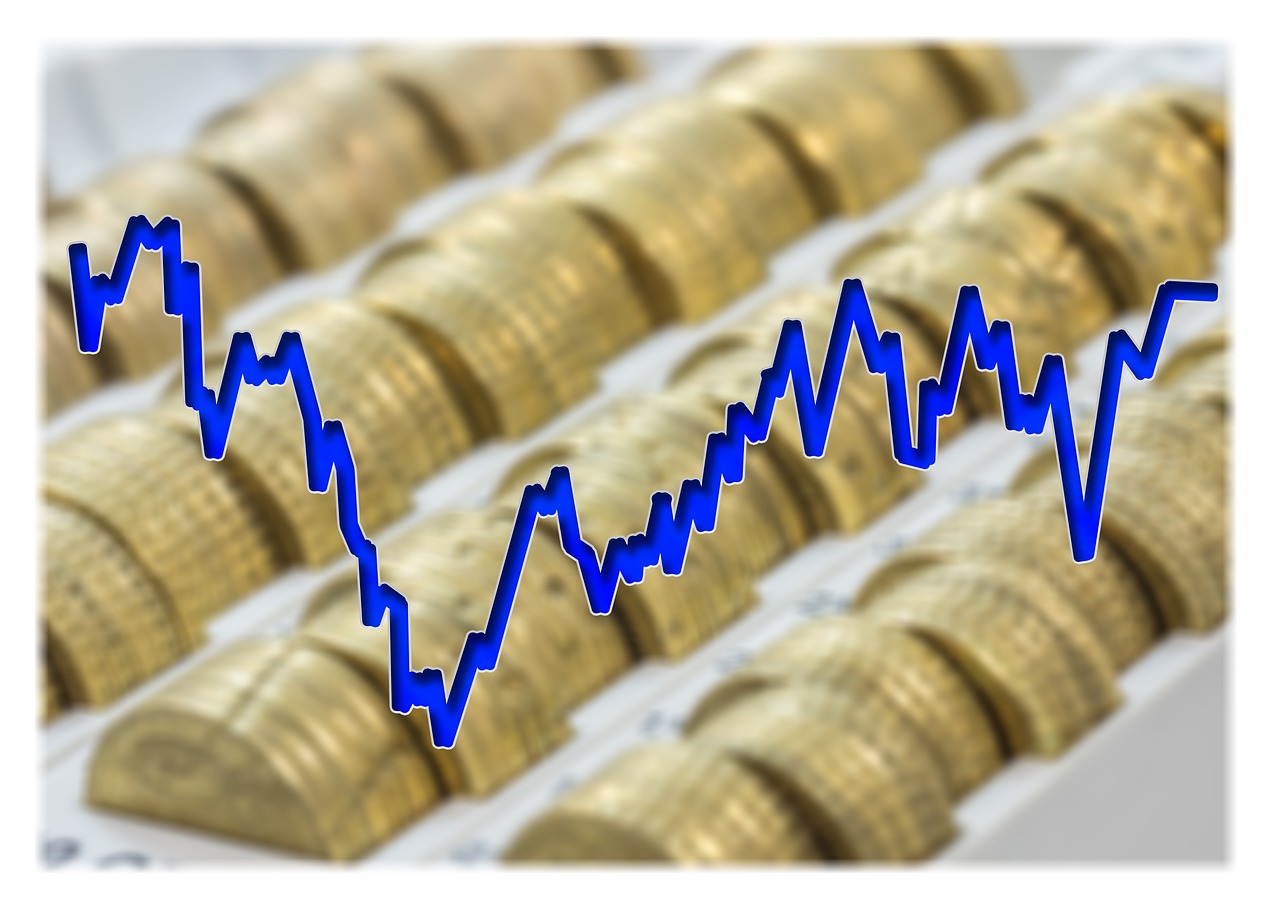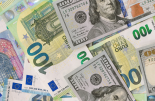NN Investment Partners: A round trip in our equity exposure

As volatility rears its head and headwinds begin to blow, risky assets take a pause. NN Investement Partners prefers credits over equities. September lived up to its reputation as a difficult month for risky assets. The month started positively, with the equity market performance broadening from the technology sector to the more traditional cyclical sectors. TA series of technical and fundamental headwinds pushed equity markets down as the month progressed. In the meantime, the market’s implied volatility rose to its highest level in two months.
Real estate and commodities did not escape the trend and fixed income spreads widened somewhat. Safe government bonds benefited from a flight to safety, even though central banks did not overdeliver during their monthly meetings. What went wrong? Does this change our medium-term view?
First, the so-called Covid-19 winners were demonstrating signs of exuberance, though this was not widespread. This was reflected in retail investors’ high call-option positioning in the large-cap new-technology companies. Some froth had to come out of these names. During this period we cut back on our long-standing overweight in the technology sector.
After the initial market drop, we initiated a moderate overweight in equities. Our top-down signal was maximum positive on fundamental and behavioural factors, and our shorter-term support/resistance indicator had turned positive from neutral. The strong performance of cyclical versus defensive sectors, which balanced out the return drivers, also bolstered our confidence. Unfortunately, the second shoe then dropped. The pandemic accelerated, especially in Europe. More and more countries tightened mobility restrictions again, putting pressure on recovery expectations. The political environment also worsened. In Europe, renewed fears of a hard Brexit came to the fore as Boris Johnson threatened to renege on the withdrawal agreement. In the US, Congress failed to compromise on a fourth stimulus package amid increased election anxiety.
These elements prompted us to rethink our equity overweight, which we have temporarily scaled back to neutral. We maintained our exposure to fixed income spread categories and commodities. Fixed income spread categories offer positive carry and thus benefit from a search for yield as the main central banks keep their policies loose. Our commodities overweight originated from Fed Chair Jerome Powell’s August announcement at Jackson Hole on the new Fed inflation make-up strategy, which we expect to support cyclical commodities and precious metals. Only at month-end did we close our overweight in commodities.
We still have a positive longer-term view on risky assets. The next signposts are the third-quarter earnings season, which starts mid-October, followed by the US elections on 3 November and the end of the Brexit transition period at year-end. Markets tend to rise once political uncertainty abates and adapt to the new environment regardless of the outcome. For the US election, uncertainty may persist if either party contests the election outcome or if a large increase in postal votes delays the final results. The next three months could also bring the trial data from the vaccines currently in their final phase before approval, which might happen by year-end. This is the game changer for markets, as it will determine if and when we can return to relative normality. In the meantime, policymakers will have to do the heavy lifting.
Fixed income
We reduced our exposure in investment grade credit from maximum to moderate. The worsening state of Covid-19 infection growth in Europe, an air pocket in monetary policy settings and continued uncertainty regarding the next fiscal package in the US all contributed to this. Still, investor positioning is high and merger and acquisition activity is picking up on the corporate side. We keep a moderate overweight as vaccine data could support risk appetite and markets appear to be experiencing very little funding stress. Moreover, we believe that markets do not accurately reflect the possibility of further monetary policy easing. We also cut our exposure in EMD hard currency to neutral. US dollar strength, a rise in real yields and weaker energy prices have turned into headwinds for the asset class.
Equities
In the equity sectors, we cut our overweight in technology owing to signs of exuberance. We maintain a cyclical tilt through industrials and materials at the expense of consumer staples and real estate. In the more defensive universe, we carry an overweight in utilities and an underweight in healthcare. Our preference for utilities is a bet on the search-for-yield theme, while the healthcare underweight stems from the imminent political focus on pharma sector regulations. With the continuing political stalemate in the US, we maintain our neutral exposure to the region. We closed our underweight on Japan as the selection of Yoshihide Suga as Shinzo Abe’s successor represents a choice for continuity of the existing economic policies. We financed this by closing our emerging markets overweight.
Real estate
We are neutral on global real estate. Labour markets are on the mend but remain considerably below pre-Covid levels. Very low rates continue to support housing data. However, banks are also tightening credit standards and investor capital has been moving out of the asset class.
A high level of uncertainty defies the search for yield that typically favours real estate, as attention shifts to financial leverage and resilience of rents and dividends. Dividend cuts are likely. The earnings buffer in real estate is limited by the high payouts. Investor positioning in global real estate is strongly underweight, while European real state positioning remains strongly overweight. Virus-related demand fallout and the rise of e-commerce are weighing on the retail segment, while the growing prevalence of working from home is affecting the office segment.
Commodities
We closed our commodities overweight and moved back to neutral. Commodity demand has recovered on the back of China’s V-shaped economic recovery, but demand there is expected to level off. Meanwhile, the lingering virus cases are delaying a further boost to demand elsewhere in the world. Nevertheless, full-fledged lockdowns are unlikely. Strengthened monetary policy support by the Fed (make-up inflation strategy) and more fiscal policy easing should prompt further normalization in commodity demand.
Oil prices are supported by credible OPEC+ production restraint amid an expected very gradual return of US shale oil production in the face of an ongoing demand recovery. Oil inventories are expected to draw in the second half of the year. We maintain an overweight in Brent.
Meanwhile, strengthened Fed rate guidance continues to underpin our constructive outlook for precious metals in the medium term. We overweight gold and the hybrid (precious and car-exposed cyclical) metals palladium and platinum.










